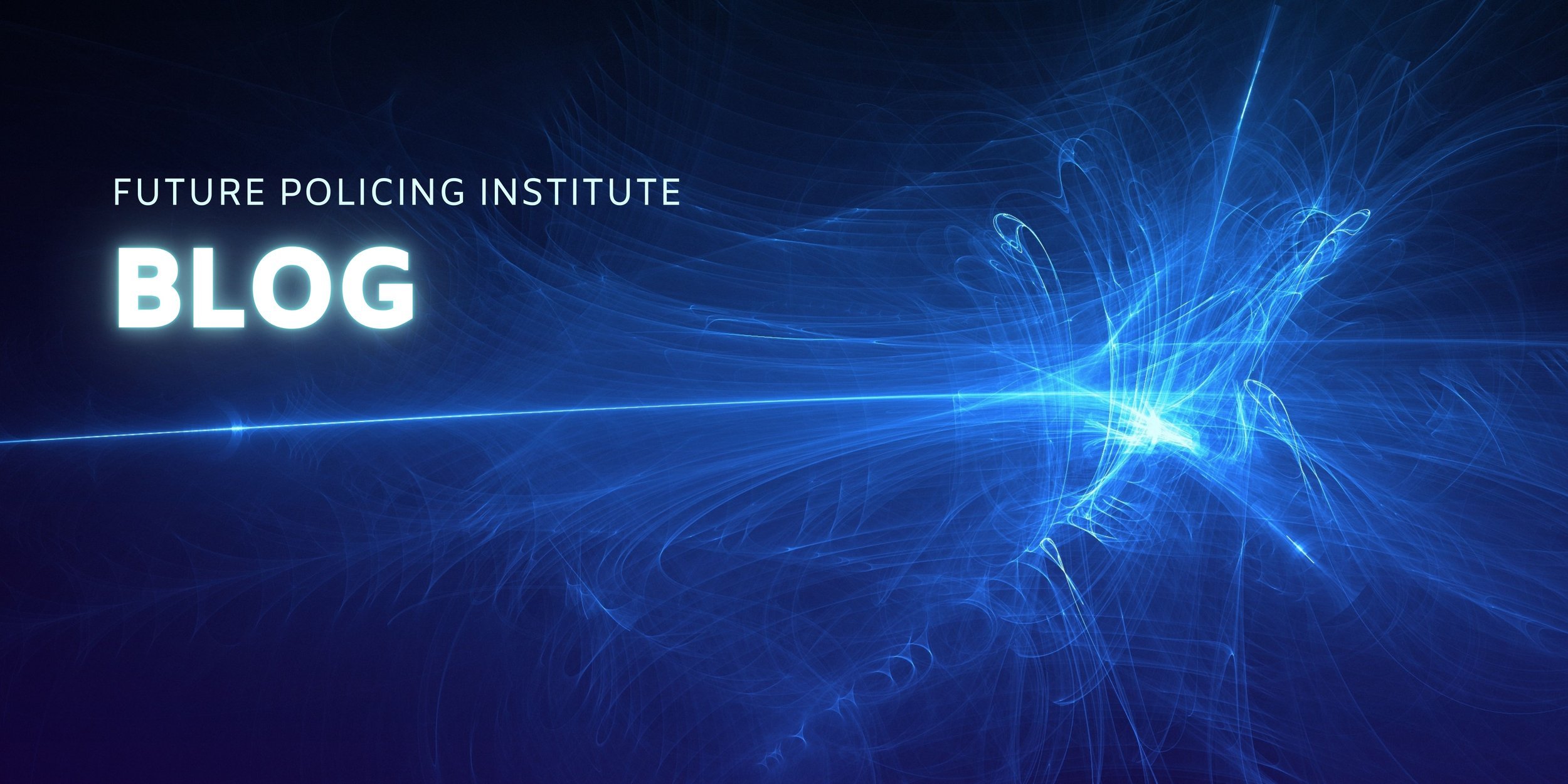Disclaimer: The views and opinions expressed by the Future of Policing Institute fellows are theirs and do not necessarily reflect the views or positions of any entities they represent.

How police can prepare for AI, Doxxing and Disinformation
This episode of Police1’s Policing Matters podcast, hosted by retired San Francisco PD Deputy Chief, and Future Policing Institute Fellow, Jim Dudley addresses the growing threat of AI-driven disinformation, doxxing, and deepfakes to police operations and personnel. How police can prepare for AI, Doxxing and Disinformation highlights the shrinking gap between online agitation and real-world consequences, emphasizing the need for police to proactively monitor social media, rapidly disseminate verified information, and protect officers' digital footprints. The discussion also provides practical strategies for command staff and field supervisors to combat coordinated inauthentic activity and prepare for potential disruptions.

No cost webinar on using AI (Copilot) in Police Report Generation
Register now for the upcoming webinar on using AI (copilot) to more effectively and efficiently create a wide variety of policing reports. It will be at 8:30am PT on Wednesday, February 12, 2025. Registration is now open. Just click on the “read more” below to register.
Attendees will learn the multiple ways in which Copilot can be used to generate a variety of reports. Use cases will include crime reports, staff reports, city council reports, etc. Practical, easy-to-understand information you can put to work immediately!
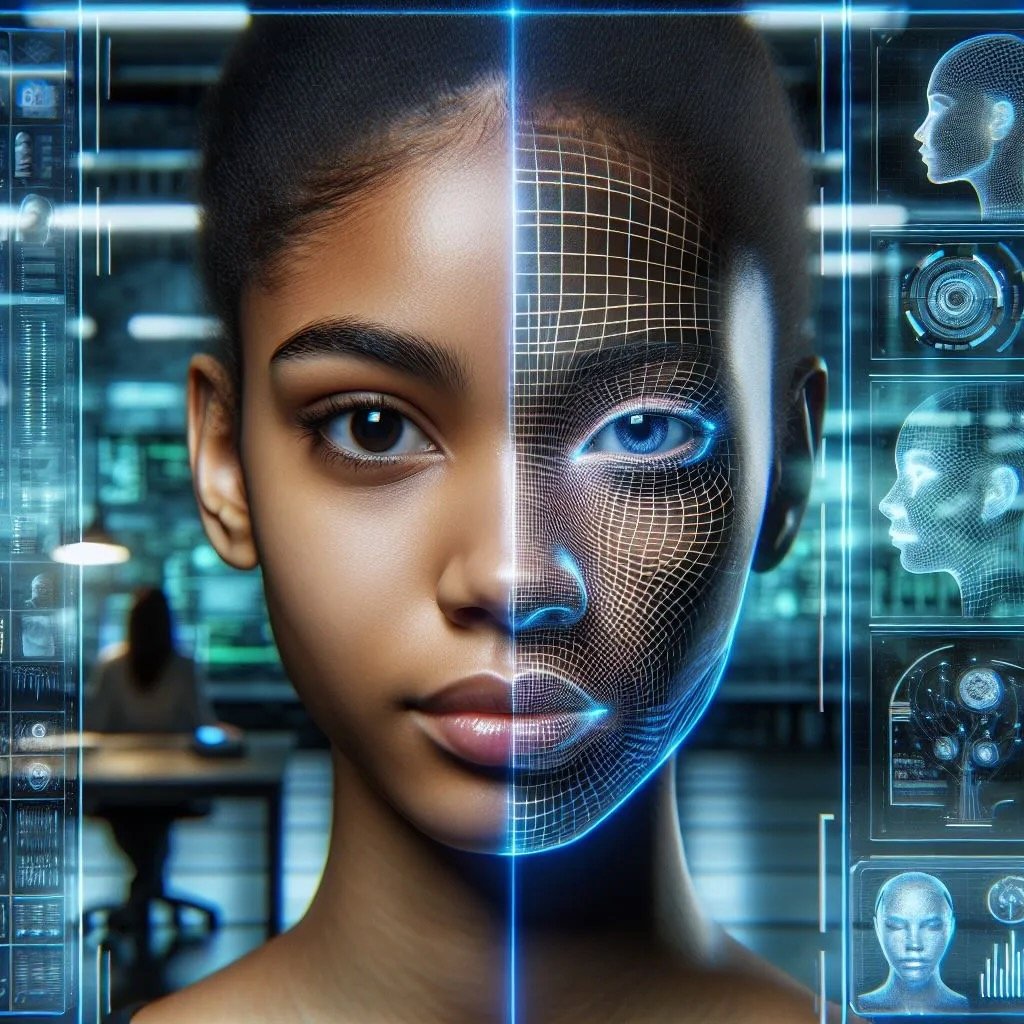
The Importance of Facial Recognition in Policing
Facial recognition technology offers police departments numerous advantages, including enhanced security, streamlined operations and enhanced public safety. However, its deployment must take into account potential risks, including privacy violations, data security threats and algorithmic biases.
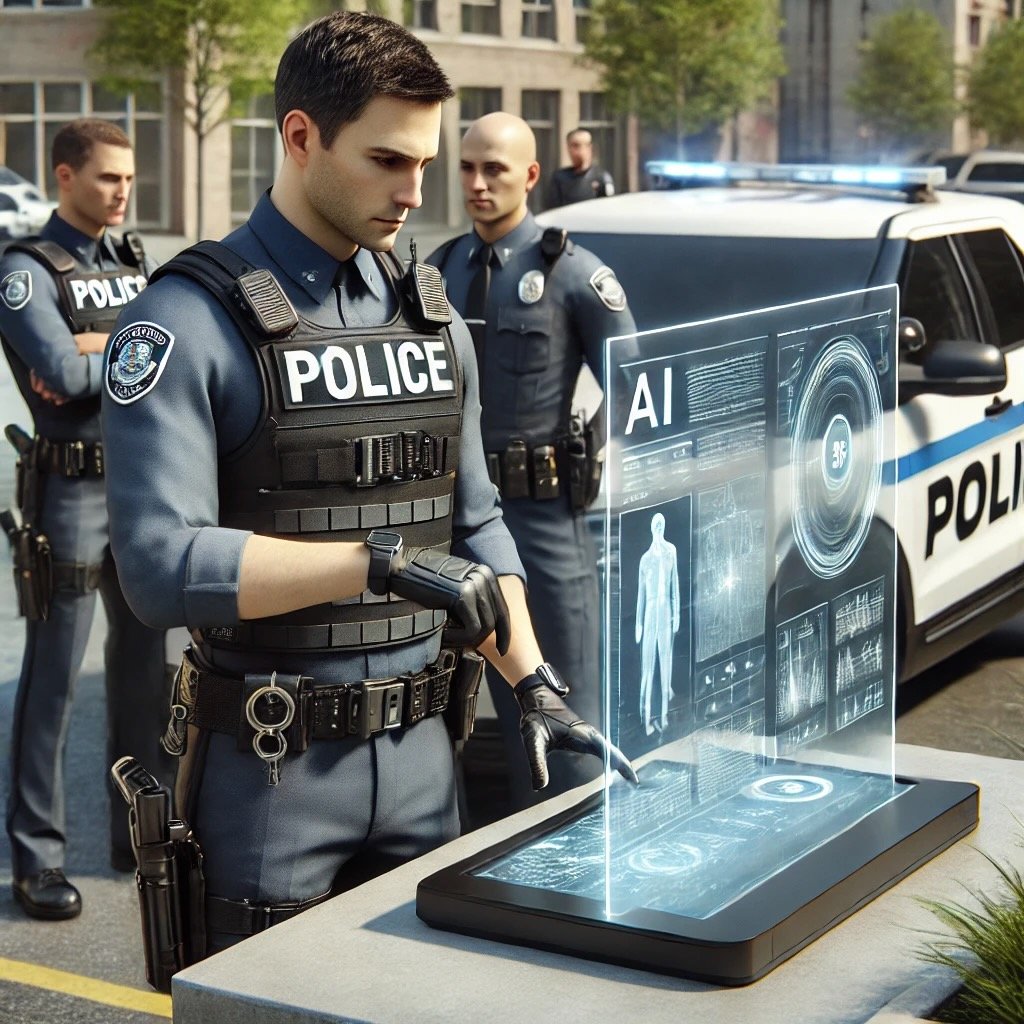
Practical Uses of AI in Policing
There are many promises and speculations about what artificial intelligence (AI) can do for policing. Here, we’ll cut through the hype and focus on three actionable use cases where AI can make a real difference. Some uses of AI in policing include: 1. Enhancing Training Programs through AI-Powered Training Materials; 2. Automating Content Creation; 3. Improving Internal Transparency and Searching Capabilities; and, 4. Enhancing Problem-Solving Capabilities.

AI’s Role in Law Enforcement: Enhancing Dispatcher Training with Voice-Enabled Technology
The future of police communications, and the integration of artificial intelligence in dispatcher training, is becoming more apparent.
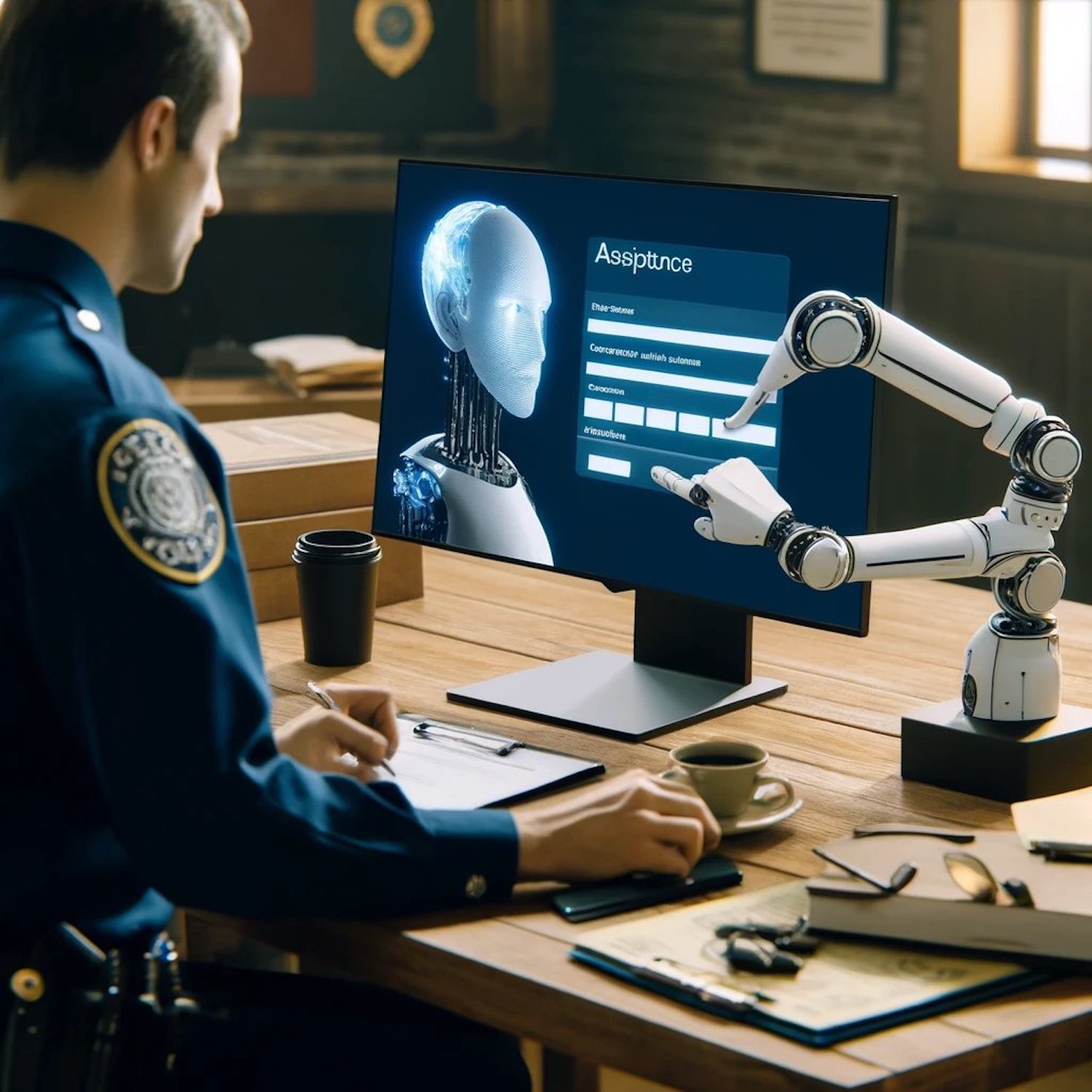
The Utility and Challenge of AI and Police Report Writing
Cops all across America are using AI to help them write their reports. Of this, we have no doubt. And it’s completely understandable. However, there a multiple implications for cops’ use of AI that police leaders must consider. Learning about AI, understanding its pros and cons, and implementing responsible policies and practices is how policing will realize the full potential of AI while also becoming more effective, empathetic and just.

A Model Policy for Policing’s use of Generative AI
Policing organizations will be well-served by adopting a policy on the use of Generative AI tools like ChatGPT to ensure the responsible use of AI. This model policy provides a starting place for that adoption.
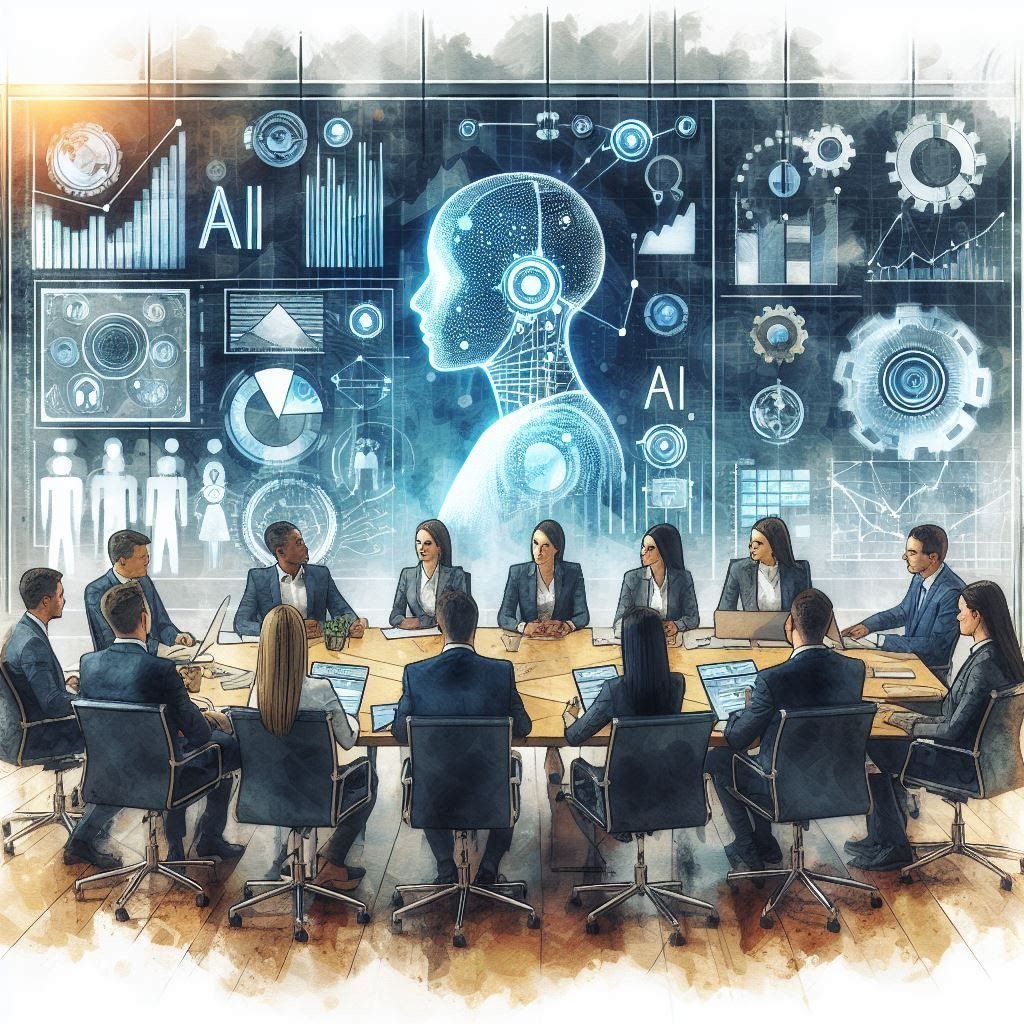
The Benefits of Using AI in Municipal Government: A Use Case Overview
Integrating Artificial Intelligence (AI) within municipal government operations can significantly enhance efficiency, reduce losses, and improve overall safety for employees and the public.
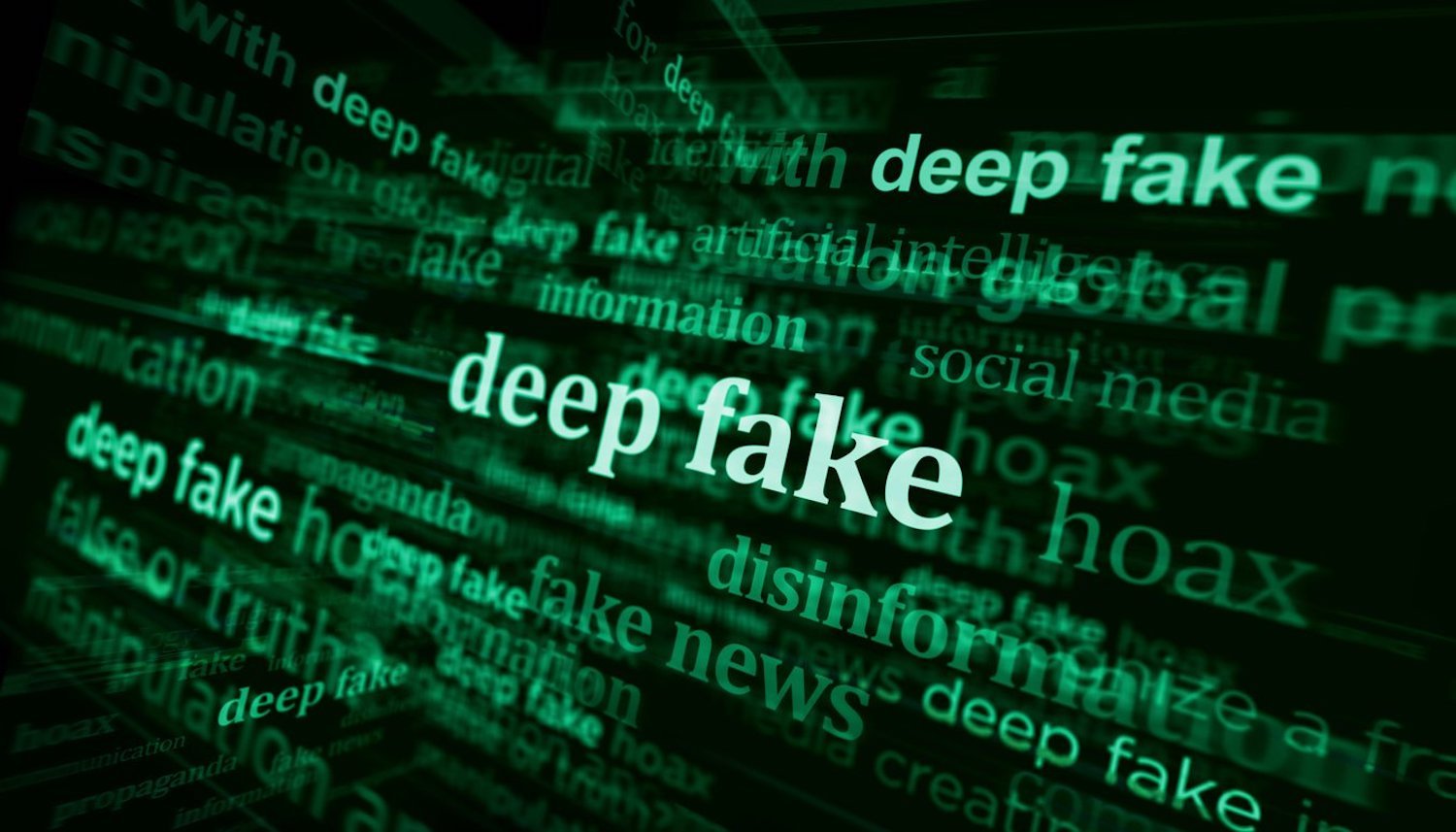
Preparing for Deepfakes
Deepfakes, the fake news stories, photos, audio clips or videos of people saying things they didn’t, or depicting events that didn’t happen, are one of the many new realities of the age of artificial intelligence. In the near future they will affect policing. Anticipatory police leaders should be educating themselves and their staff on deepfakes. They will also be developing strategies for dealing with deepfakes aimed at their agencies.
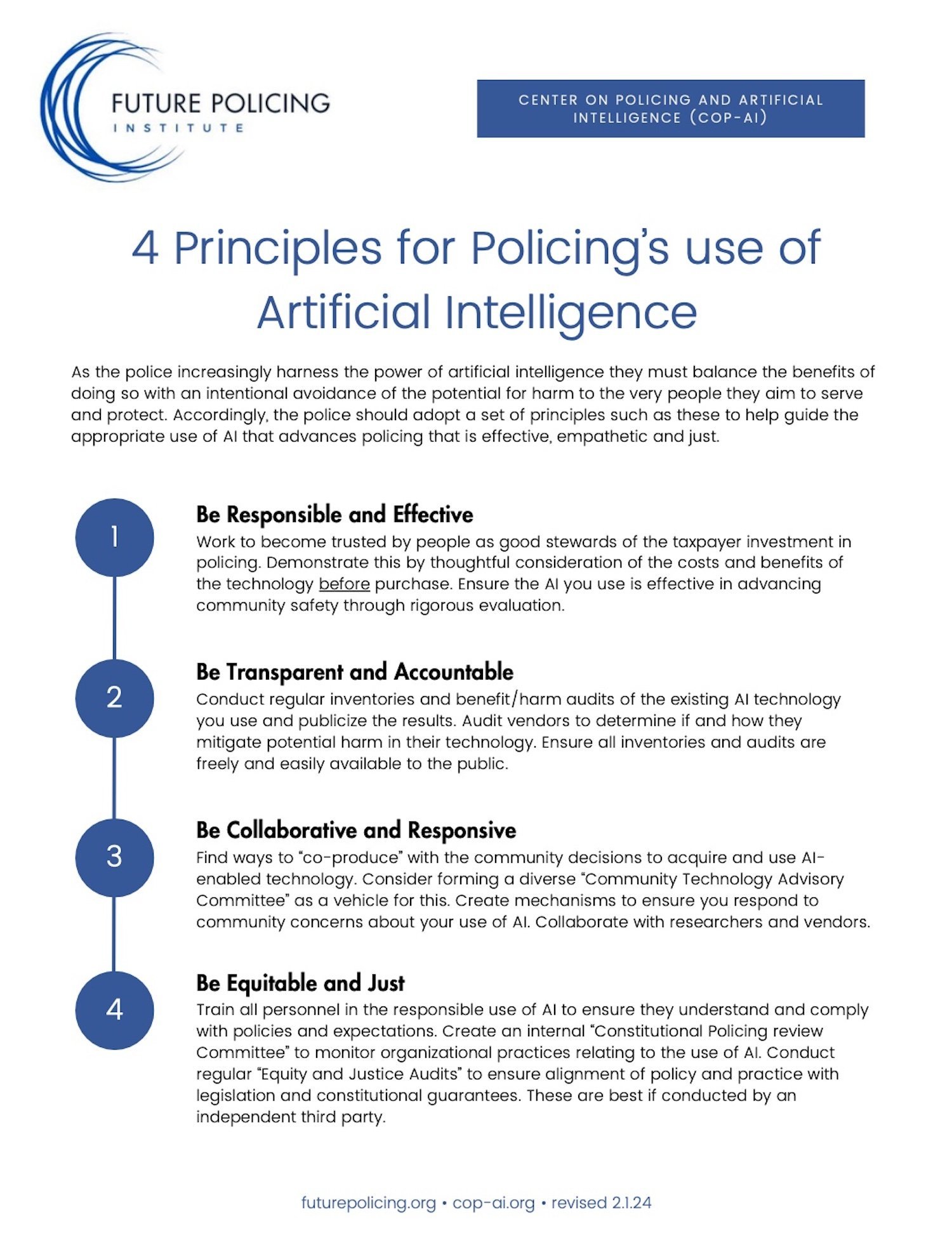
4 Principles for Policing’s use of Artificial Intelligence
There are four principles the police should follow when using artificial intelligence. These articulate the manner in which the police can demonstrate their responsible use of AI and how it can help advance policing that is effective, empathetic and just.

Electronic Skin for Officer Wellness: A NASA-like Approach Using AI
Electronic skin is a wearable technology that can monitor various physiological and environmental parameters, such as heart rate, blood pressure, temperature, sweat, and stress hormones. By integrating electronic skin with artificial intelligence (AI), it is possible to analyze the data collected by the sensors and provide real-time feedback and recommendations to police officers and their supervisors.
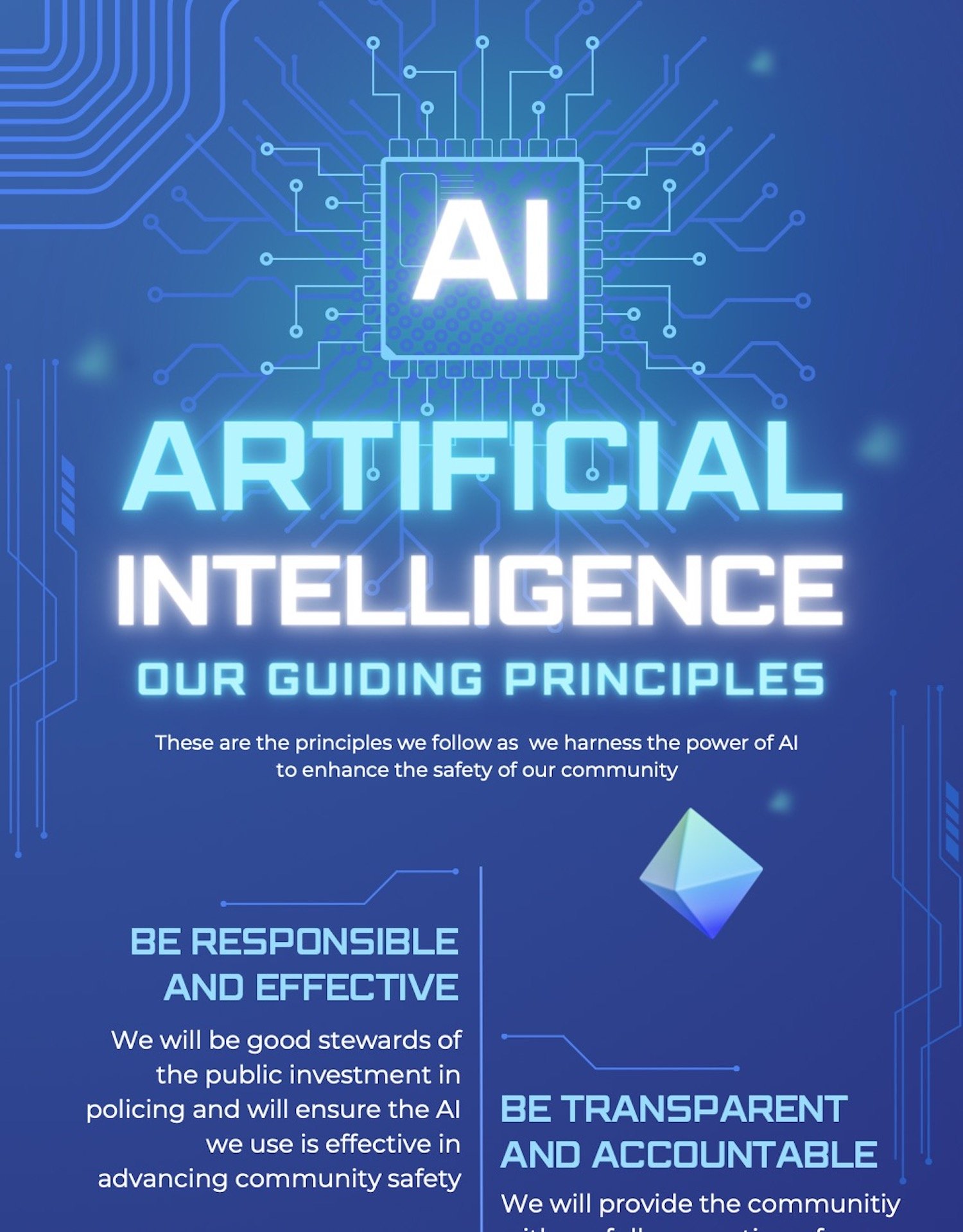
AI Principles Infographic
Infographics can be used to enhance te public’s understanding of complex policing issues. Here we present an example of an infographic that explains the principles that drive the responsible use of AI by the police.

